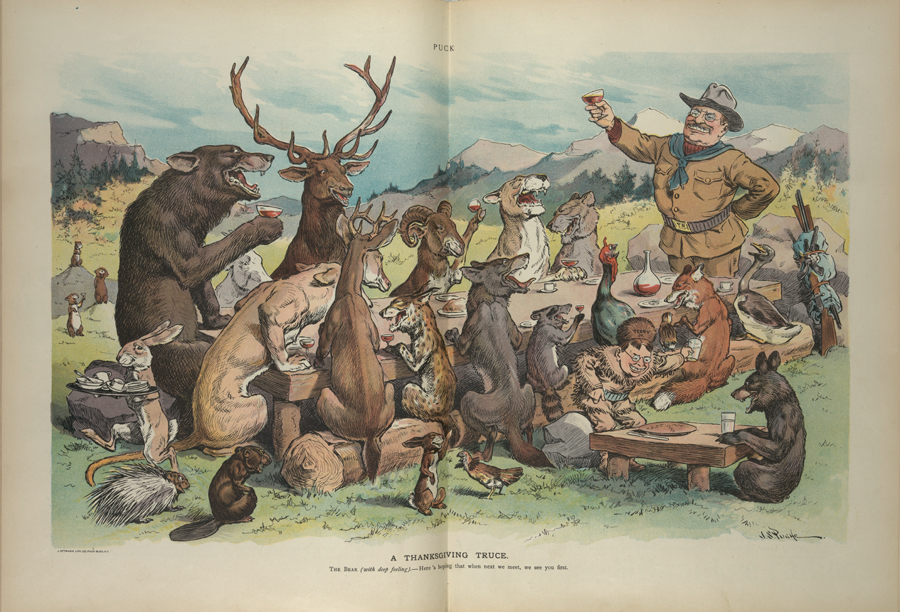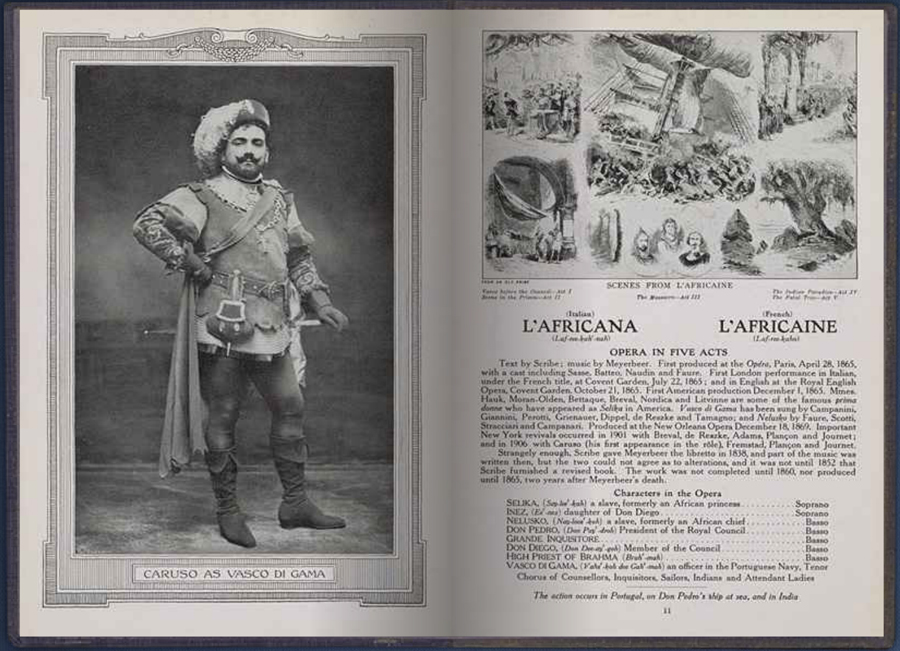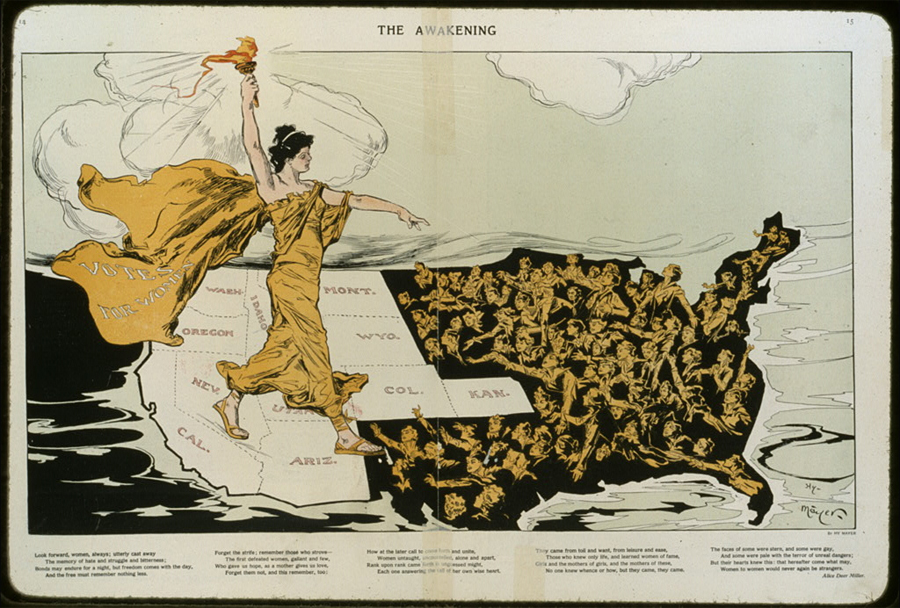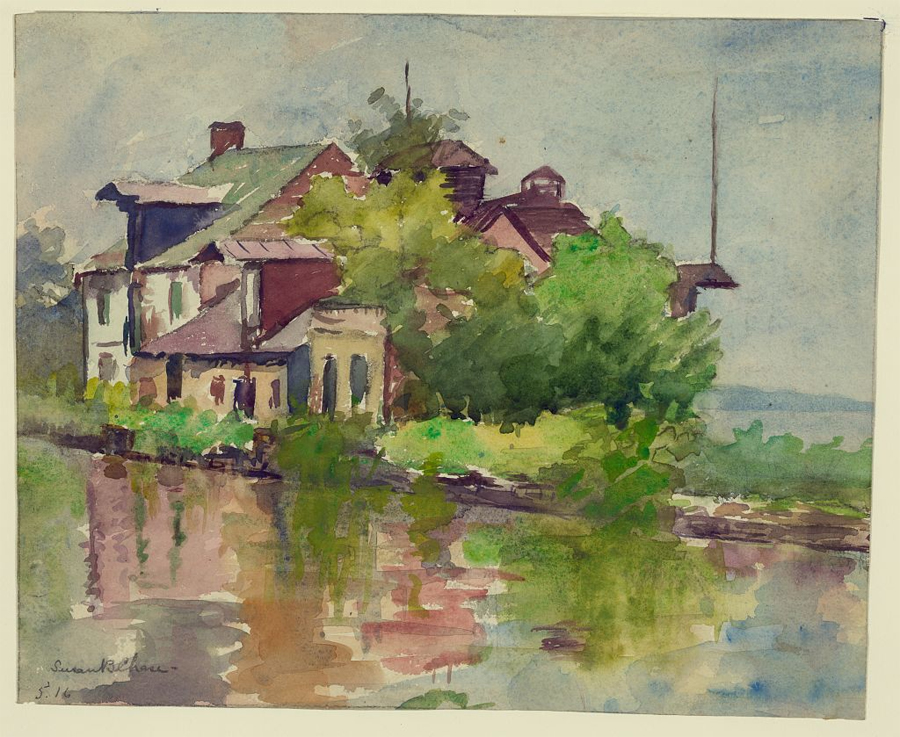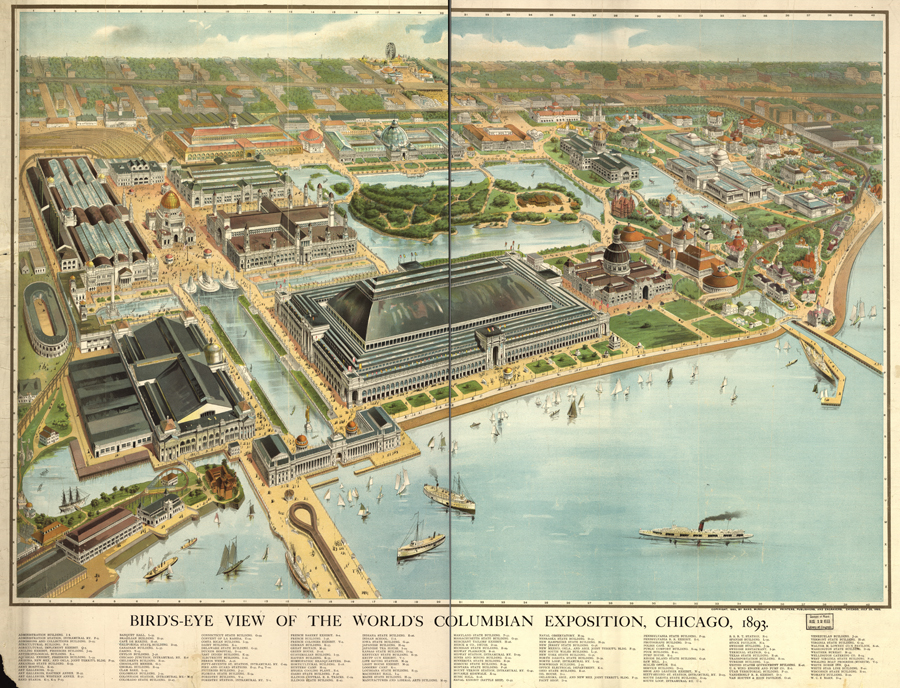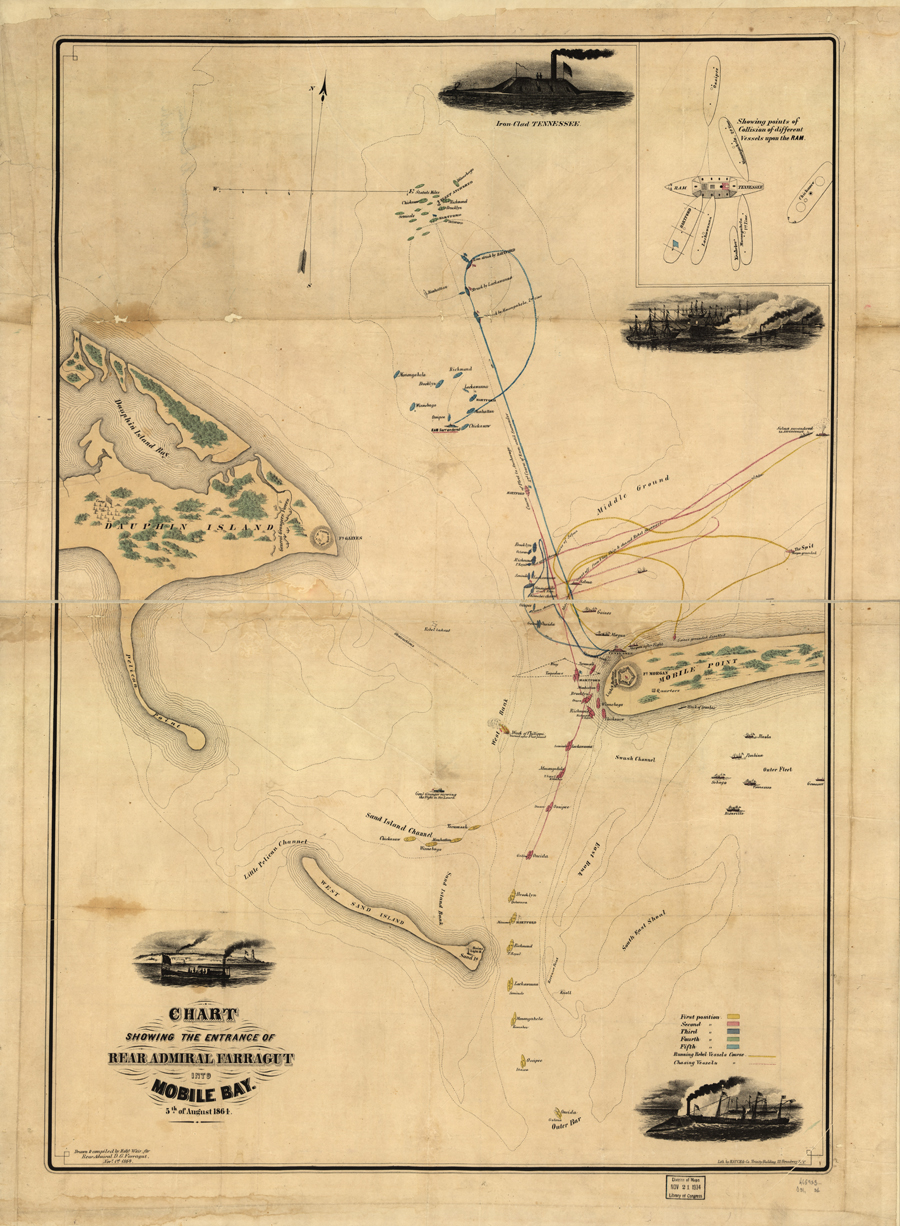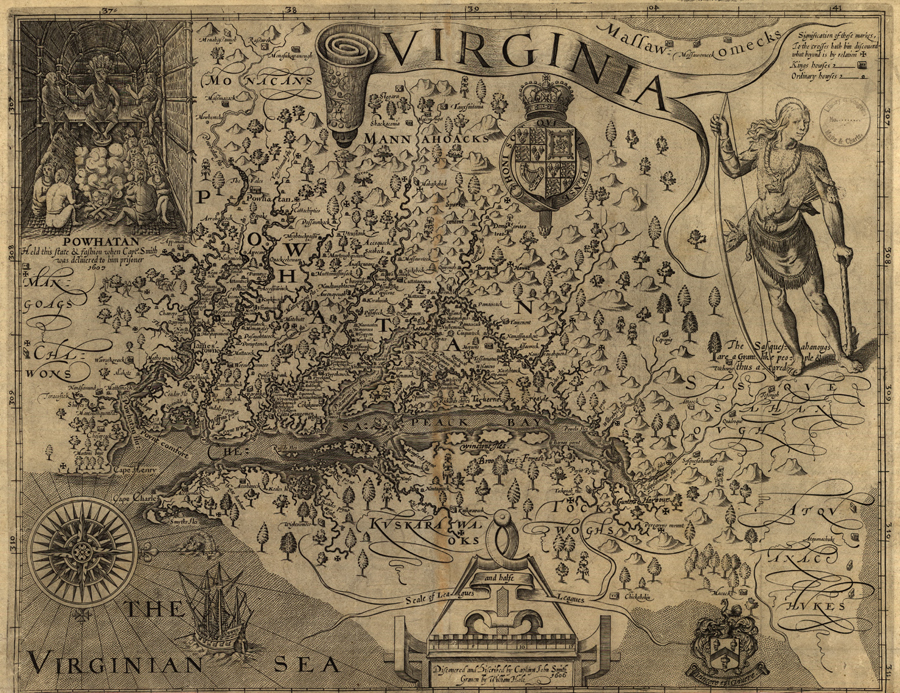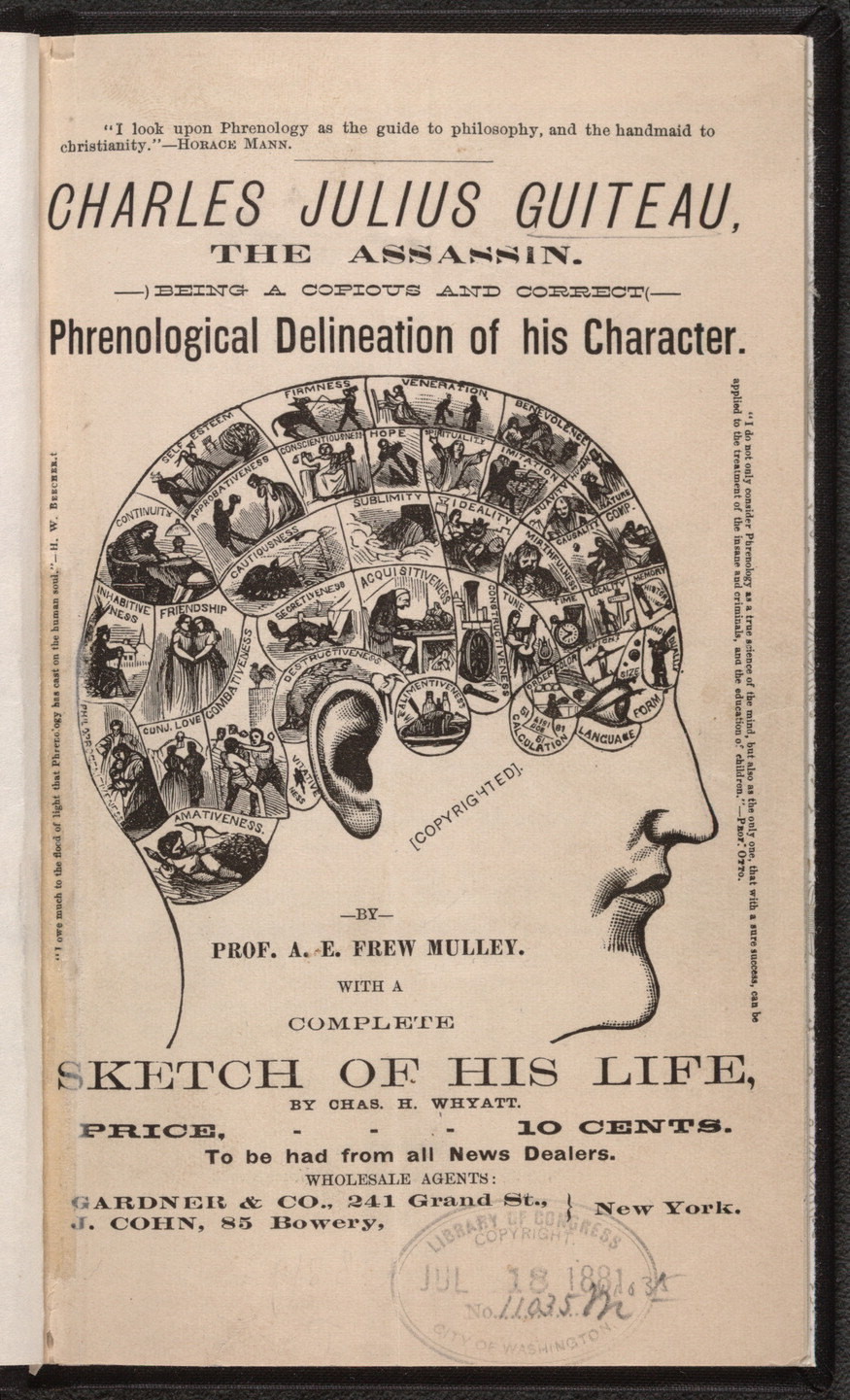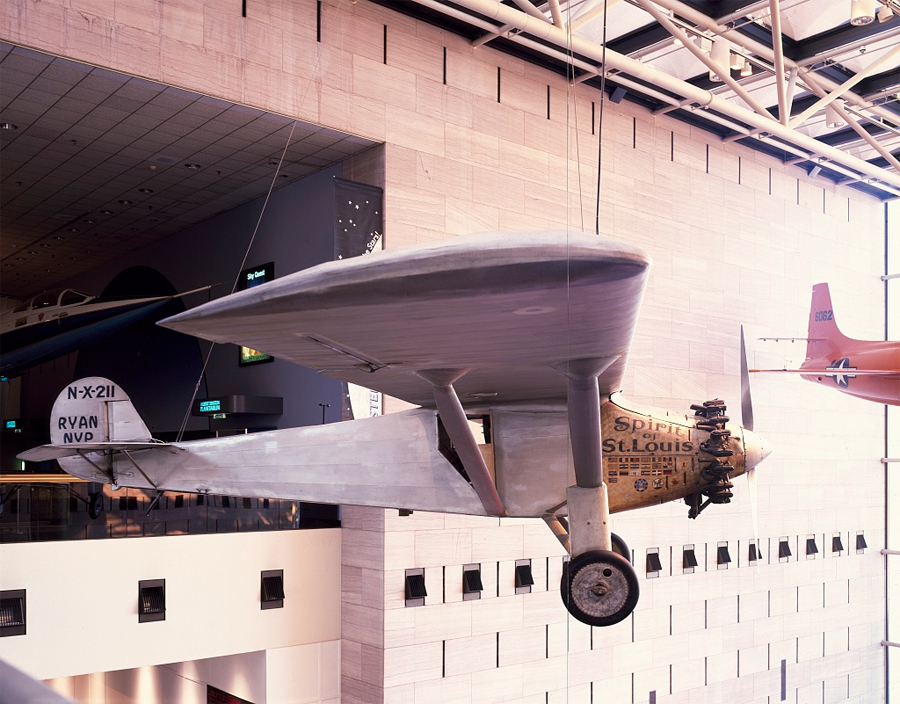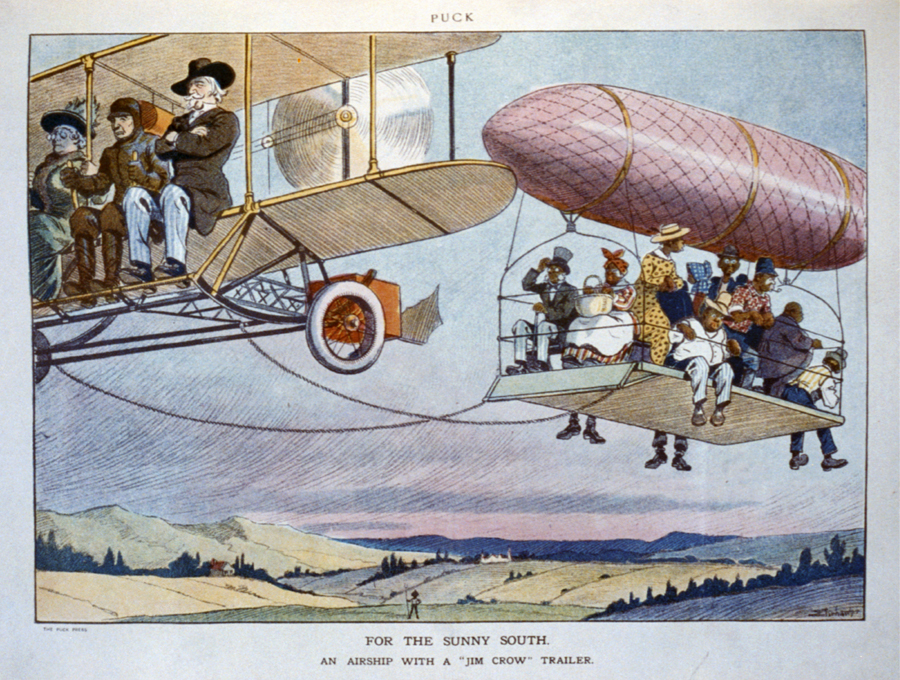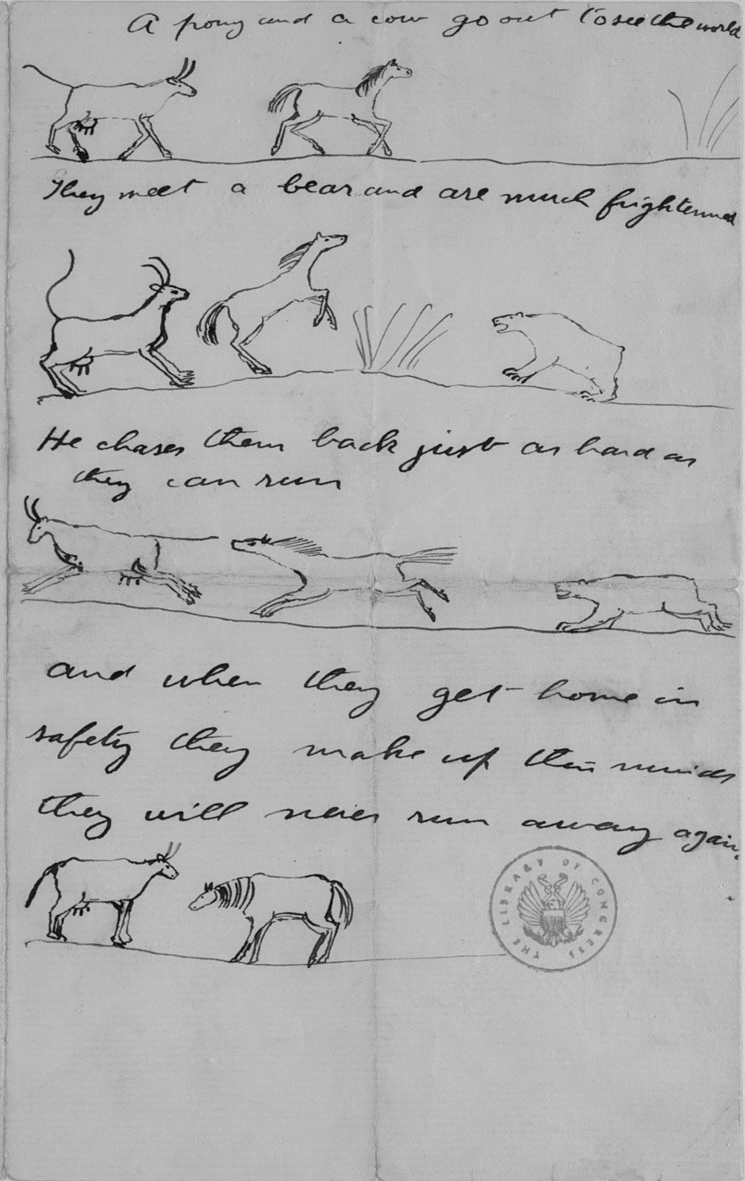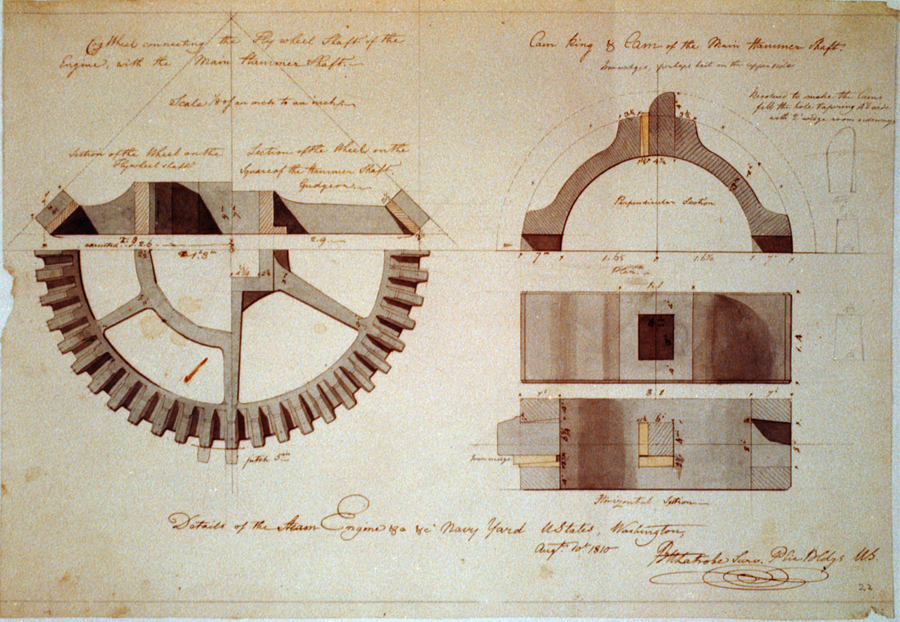Guided Primary Source Analysis: A Thanksgiving Truce
Why do you think the creator titled this cartoon “A Thanksgiving Truce”? Use specific details from the source to support your response. What do you think the bear meant when it said (with deep feeling), “Here’s hoping that when next we meet, we see you first”? What more can you learn by reading the source record?…

